Mary Shelley’s iconic novel “Frankenstein” became firmly established in popular culture when it was published in 1818. Moreover, at that time, it was predicted that the idea of ”resurrecting the dead” might occur in the near future. Electricity was thought to be the essence of life and could be used to bring back the dead, and experiments were being conducted on it.
So all these ideas of resurrecting the dead did not come from Mary Wollstonecraft Shelley’s imagination. On the contrary, the young writer From the electrical experiments carried out at that time was inspired.
The experiments that gave Mary insight had been going on for many years. Even after the novel Other scientists were influenced by him He developed new experiments. If you are ready, let’s take a look at the electrical experiments that inspired Frankenstein.
First, let’s watch the electricity experiment scene in the Frankenstein movie:
The relationship between electricity and life processes began long before Frankenstein.
Isaac Newton speculated about electricity and resuscitation in the early 1700s. In 1730, British astronomer Stephen Gray principle of electrical conductivity had shown.
Gray tied an orphan child with silk threads. suspended in the air and placed a positively charged tube near the child’s feet, creating a negative charge in them.
Due to electrical insulation, this may occur in the child’s other extremities (the end or terminal part of an organ). a positive charge and caused a nearby leaf to move closer to the boy’s fingers.
RELATED NEWS
New Trailer Released for Frankenstein-Themed Local Netflix Series “Created”
The experiments were not limited to these, there were many more.
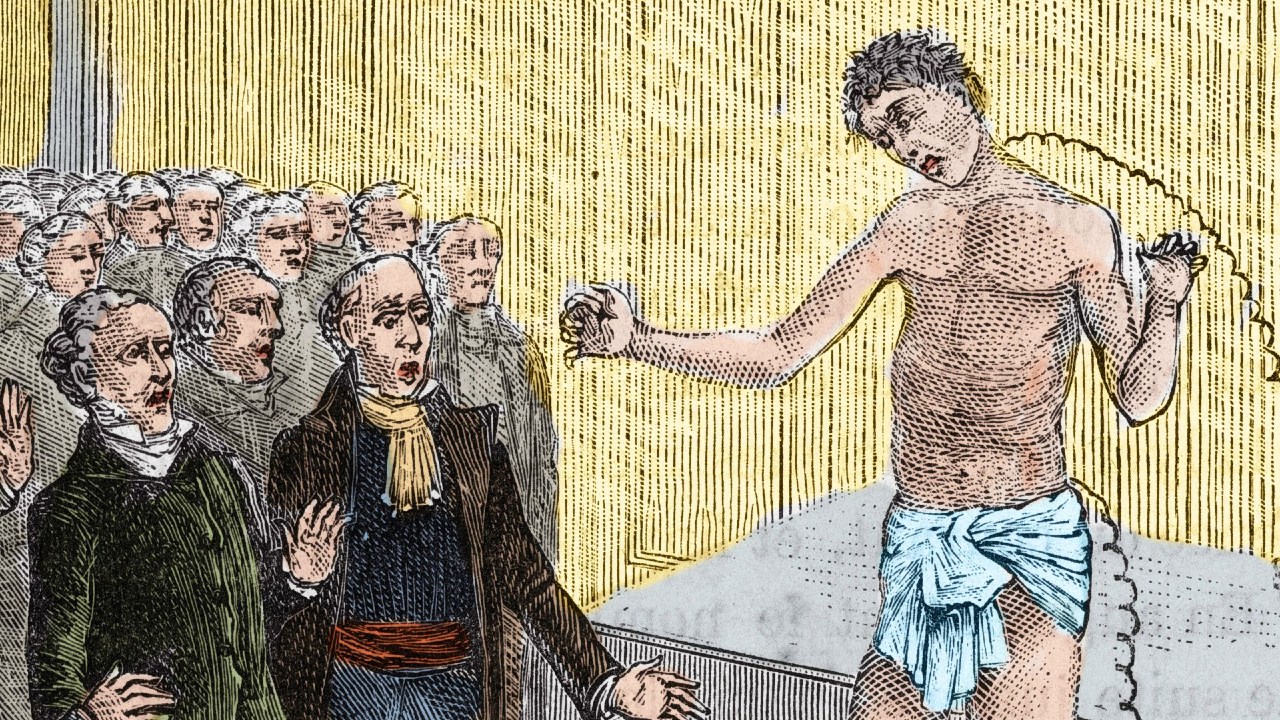
In France in 1746, Jean Antoine Nollet observed a company of 180 royal guards when a charge from a Leyden jar (a type of electrical storage device) passed through their bodies. jumping at the same time He entertained the palace by providing
While Alexander von Humboldt was experimenting with batteries made entirely from animal tissue, Johannes Ritter; electricity, How does it affect the senses? He had conducted electrical experiments on himself to discover the
On January 17, 1803, a young man named George Forster was hanged for murder in London’s Newgate Prison, setting the stage for a new experiment.
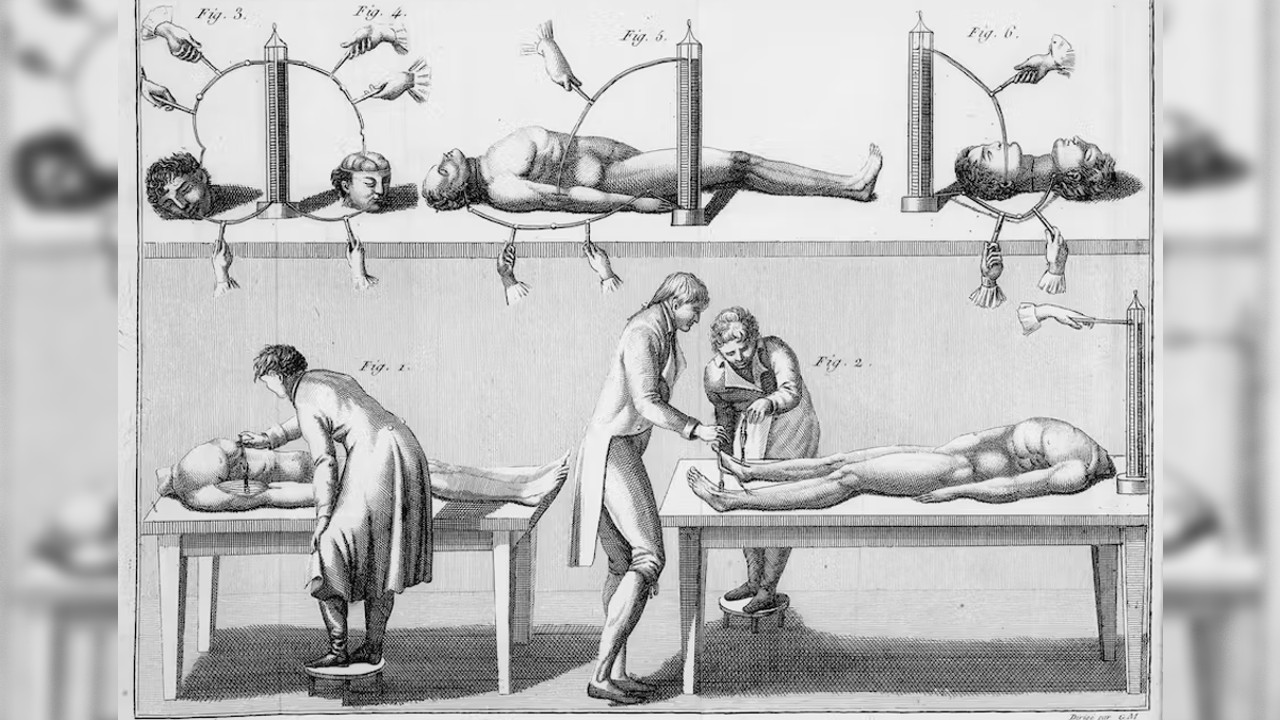
After his execution, his body was ceremoniously taken across the city to the Royal College of Surgeons, where it was examined in public, as is often the case. In fact, what was to be done was much more than a simple examination; Forster was going to be electrified.
These experiments with electricity were carried out in 1780. ‘animal electricity’ It would be realized by Italian natural philosopher Giovanni Aldini, nephew of Luigi Galvani, who discovered it and named it galvanism. Shelley even refers to galvanism in the 1831 edition of the book and shows it as an example of how the Frankenstein experiment would be possible.
Aldini’s experiments with the dead attracted great attention.
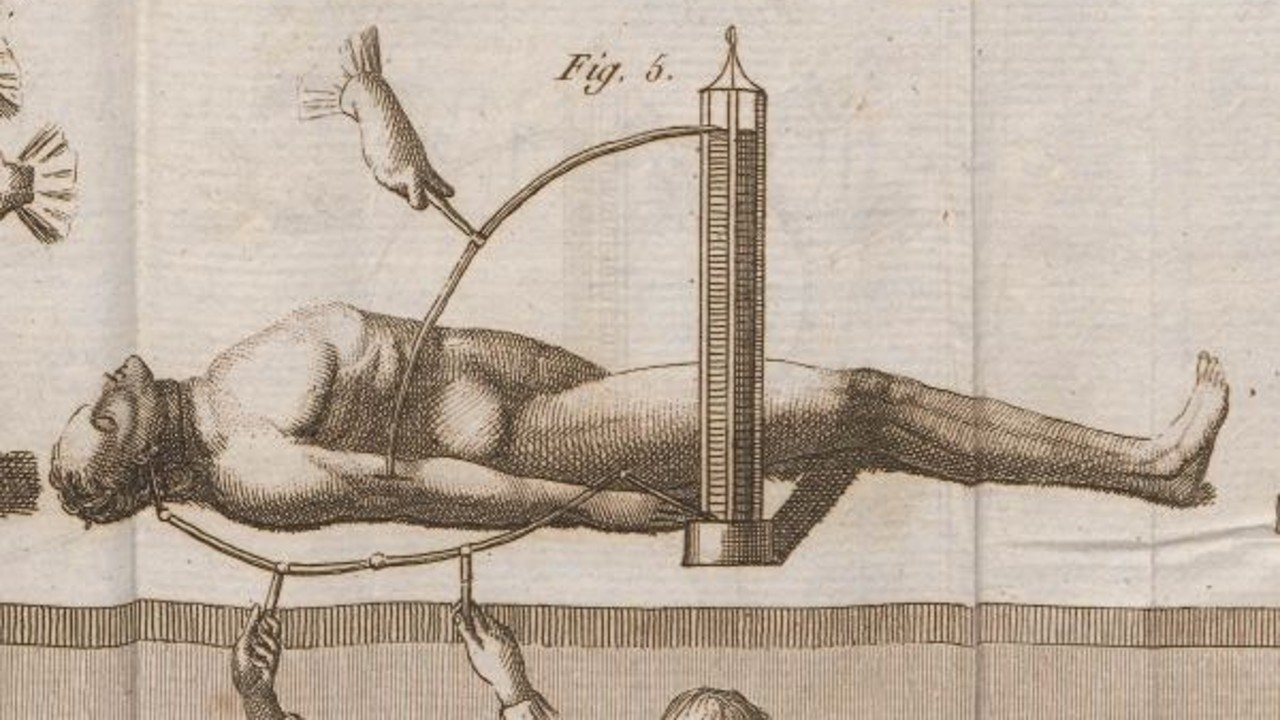
Some argue that Aldini’s “electricity, “can revitalize life” While others ridiculed the idea, some took it very seriously. Lecturer Charles Wilkinson, who assisted Aldini in his experiments, said that galvanism “An energizing principle that forms the dividing line between matter and spirit and the great chain of creation, providing the interconnection between material matter and the essence of being.” He argued that it was.
The Times wrote the following about the experiment:
“When the procedure was first applied to the face, the dead man’s jaw began to tremble, the muscles twisted horribly, and one eye actually opened. In the next part of the process, the right hand is raised and squeezed, and the legs and thighs are activated. According to some viewers, the man as if on the verge of being brought back to life “It seemed.”
The two doctors’ argument would lead to Mary.

Mary Shelley
In 1814, British surgeon John Abernethy made much the same kind of claim in a lecture. Surgeon’s conversation with fellow surgeon William Lawrence into a violent argument led.
While Abernethy claimed that electricity was a vital force, Lawrence used it to explain life processes. that it is necessary to appeal to a vital force He refused.
Mary Shelley was aware of this controversy. Lawrence was his doctor.
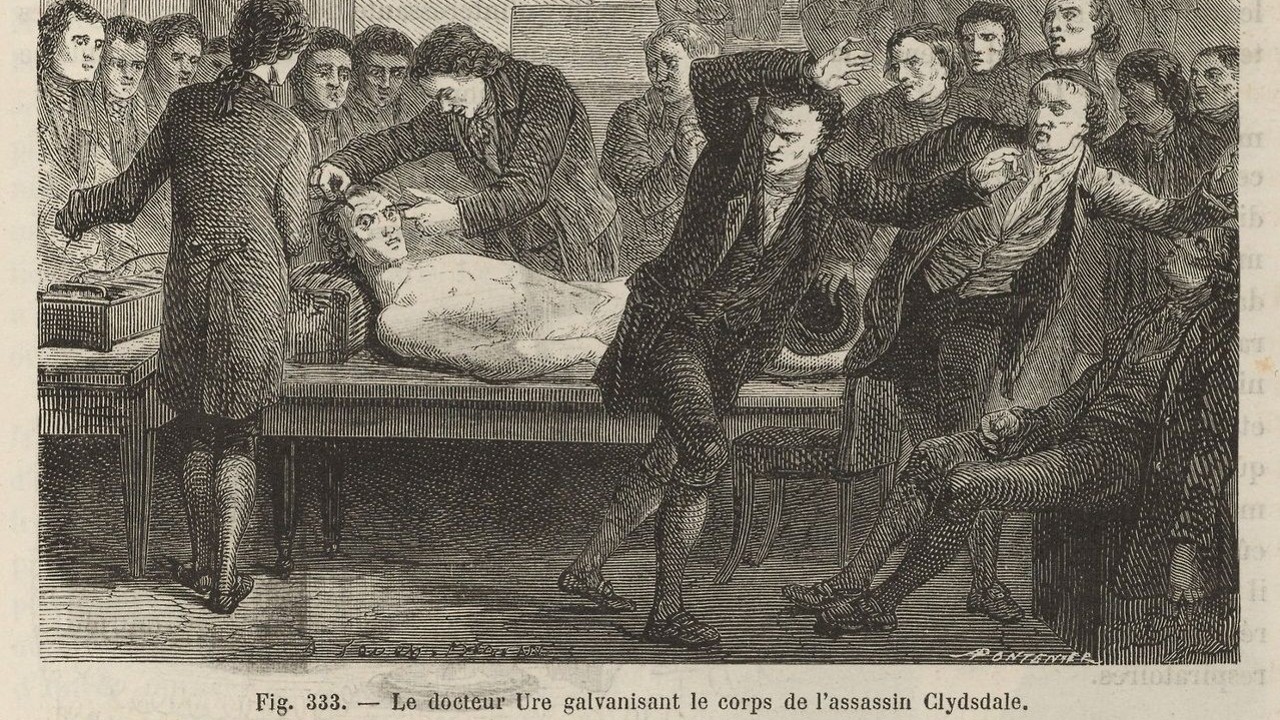
When Frankenstein was published in 1818, readers were familiar with the idea that life could be created or recreated with electricity. Just a few months after the book was published, Scottish Chemist Andrew Ure examined the body of Matthew Clydesdale, who was executed for murder. his own electrical experiments carried out.
When the dead man was electrocuted, Ure wrote: “Every muscle in his face went into fearful motion at the same time. Anger, terror, despair, anguish and scary smiles; combined the disgusting expression on the killer’s face.”
He also said that the experiments were so horrific that many in the audience had to leave and one man fainted. While carrying out his experiments, Ure was reading from Mary Shelley’s last novel. how affected you are One can’t help but think.
When viewed through modern eyes, Frankenstein may seem fantastical, but to its author and original readers there was nothing fantastical about it.
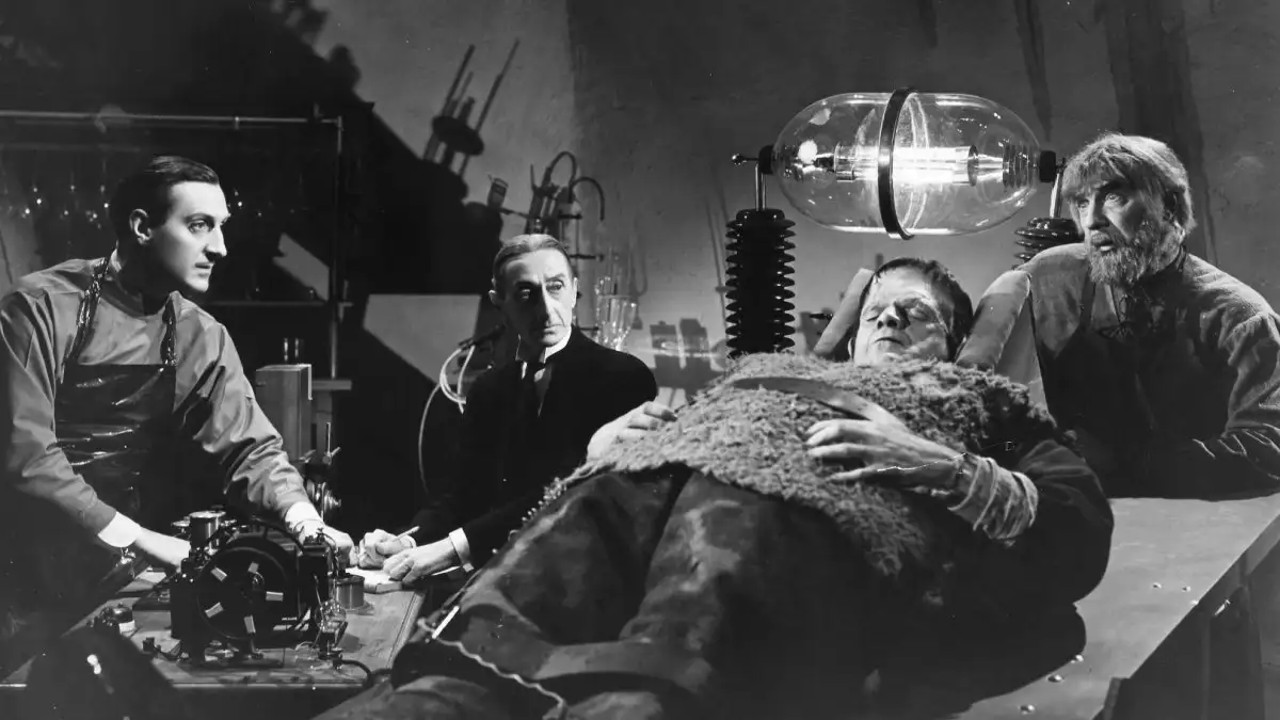
Just as everyone knows about artificial intelligence now, Shelley’s readers also the possibilities of electrical life he knew. Just as artificial intelligence raised a number of debates at the time, so did the possibility of electrical life and Shelley’s novel.
The science behind Frankenstein tells us that debates between electricity and life have a long history, and that the contents of the book are not fantasy elements. Based on the experiments of the period It shows that it is written.
RELATED NEWS
A 200-Year-Old Masterpiece: Frankenstein or the Modern Prometheus
RELATED NEWS
Vipeholm Experiment: If only discovering the cause of tooth decay wasn’t so brutal!
RELATED NEWS
